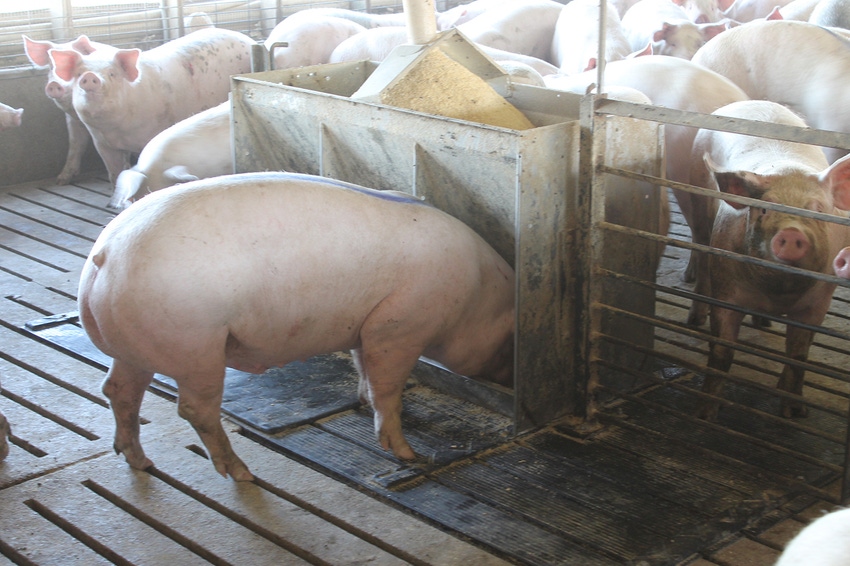Illinois research finds new DDGS product higher in nutritional value
The resulting product contains 38 to 44% crude protein, far higher than conventional distillers dried grains with solubles.
September 20, 2018

Source: University of Illinois
University of Illinois researchers have found a new high-protein type of distillers dried grains with solubles, produced through front-end-back-end fractionation, may be nutritionally better than conventional DDGS for pig diets. The team recently evaluated the nutritional value of the ingredient in a recent study published in the Journal of Animal Science.
“Front-end-back-end fractionation of the product involves a patented process to mechanically separate fiber based on its solubility before fermentation and an additional patented process to extract oil after fermentation. The resulting product is dried using the patented Raymond Compression Drying System, which subjects the material to very little heat during the process,” says Hans H. Stein, professor in the Department of Animal Sciences at U of I, and co-author on the study, along with doctoral student Charmaine Espinosa.
The resulting product, branded PureStream Protein and produced by Lincolnway Energy, contains 38 to 44% crude protein, far higher than conventional distillers dried grains with solubles (DDGS), which comes in at approximately 27%.
The study consisted of two experiments. In the first, the researchers evaluated the apparent and standardized digestibility of crude protein and amino acids in three diets: conventional DDGS (DDGS-CV), the high-protein DDGS product (DDGS-HP Lincolnway) and a nitrogen-free diet used to determine endogenous losses of amino acids and crude protein. Vitamins and minerals were added to each diet to meet or exceed dietary requirements. Each diet was fed to six growing barrows for seven days at three times the maintenance energy requirement.
On the sixth and seventh days, researchers collected ileal digesta and analyzed dry matter, crude protein and amino acids. They found that apparent and standardized digestibility were significantly greater in DDGS-HP Lincolnway than in DDGS-CV for leucine, lysine, methionine, phenylalanine and glutamic acid. Digestibility of several other amino acids were greater in DDGS-HP Lincolnway, but the difference was not significant.
The second experiment focused on energy digestibility. In this case, the researchers evaluated three diets: corn, corn + DDGS-CV and corn + DDGS-HP Lincolnway. Again, all diets were supplemented with vitamins and minerals as needed. The researchers fed each diet to eight growing barrows for 14 days at three times the maintenance energy requirement.
Researchers calculated digestible energy and metabolizable energy values for all diets by collecting feces and urine over a five-day period during the experiment. Both digestible and metabolizable energy were greater in DDGS-HP Lincolnway than in corn and corn + DDGS-CV, but the apparent total tract digestibility of gross energy in the two DDGS diets was less than in corn.
The conclusion from the two experiments confirms the digestibility of some amino acids and concentrations of digestible and metabolizable energy are greater in DDGS-HP from Lincolnway compared with conventional DDGS. These changes are likely the result of increased protein concentration and reduced fiber in DDGS-HP.
“As a consequence, the nutritional value of DDGS-HP is greater when compared with conventional DDGS,” Stein says.
The article, “High-protein distillers dried grains with solubles produced using a novel front-end–back-end fractionation technology has greater nutritional value than conventional distillers dried grains with solubles when fed to growing pigs,” is published in the Journal of Animal Science.
You May Also Like



